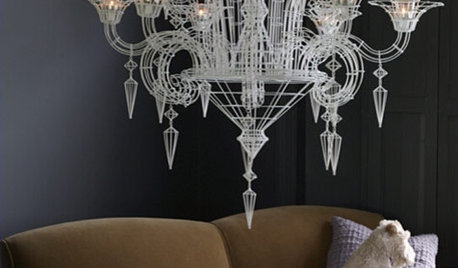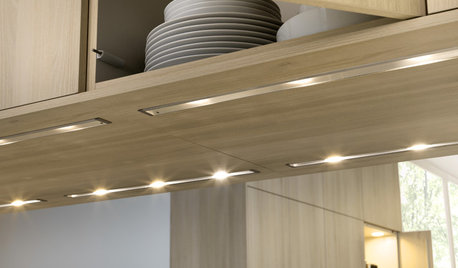Opinions on this wiring
plumeriavine_2010
14 years ago
Related Stories

LIFEWhen Design Tastes Change: A Guide for Couples
Learn how to thoughtfully handle conflicting opinions about new furniture, paint colors and more when you're ready to redo
Full Story
DECORATING GUIDESThe Hottest Houzz Discussion Topics of 2012
Discussions rocked and rolled this year with advice, support, budding friendships — and oh, yes, a political opinion or two
Full Story
HOME TECHSave Your Decor — Hide Your Media Stuff
When you tuck boxes, wires and speakers into walls and ceilings, all you'll notice is your favorite shows or music
Full Story
LIGHTING10 Chandeliers for People Who Don't Like Chandeliers
Get all the chandelier benefits without channeling Liberace, thanks to wood, paper, wire — and even a surprising old-fashioned staple
Full Story
FURNITUREModern Icons: Eames Shell Chair
Eames' Comfy Shell Chair Adds Welcome Curves, Wire or Wood to a Room
Full Story
DESIGN DICTIONARYGabion Wall
A wire cage filled with rock makes for a free-form wall solution
Full Story
LIGHTINGWhat to Consider When Lighting Your Home
A designer offers a few illuminating insights on this key design element
Full Story
MOVINGHiring a Home Inspector? Ask These 10 Questions
How to make sure the pro who performs your home inspection is properly qualified and insured, so you can protect your big investment
Full Story
PRODUCT PICKSGuest Picks: 20 Terrific Underbench Storage Solutions
Use these crates, bins and baskets to keep mudrooms and entryways tidy — and keep everything you need close at hand
Full StorySponsored
Columbus Area's Luxury Design Build Firm | 17x Best of Houzz Winner!
More Discussions









spencer_electrician
plumeriavine_2010Original Author
Related Professionals
Concord Electricians · Pooler General Contractors · Four Corners General Contractors · Kyle General Contractors · Leon Valley General Contractors · Meadville General Contractors · Medway General Contractors · San Marcos General Contractors · Seabrook General Contractors · Springboro General Contractors · Walnut Park General Contractors · Austintown General Contractors · Goldenrod Home Automation & Home Media · Orange County Home Automation & Home Media · Tamiami Home Automation & Home MediaRon Natalie
mike_kaiser_gw
spencer_electrician
plumeriavine_2010Original Author
plumeriavine_2010Original Author
spencer_electrician
plumeriavine_2010Original Author
DavidR
plumeriavine_2010Original Author
Ron Natalie
plumeriavine_2010Original Author
Ron Natalie
plumeriavine_2010Original Author
brickeyee
plumeriavine_2010Original Author
pharkus
weedmeister
plumeriavine_2010Original Author
brickeyee
plumeriavine_2010Original Author
Ron Natalie
plumeriavine_2010Original Author
plumeriavine_2010Original Author
brickeyee
plumeriavine_2010Original Author
Ron Natalie
plumeriavine_2010Original Author